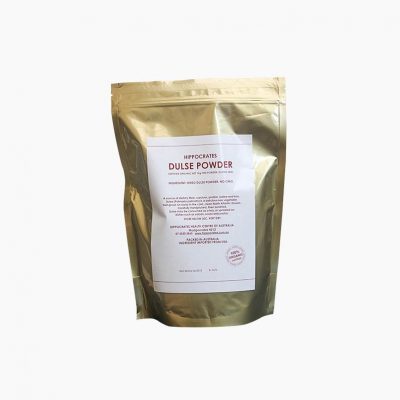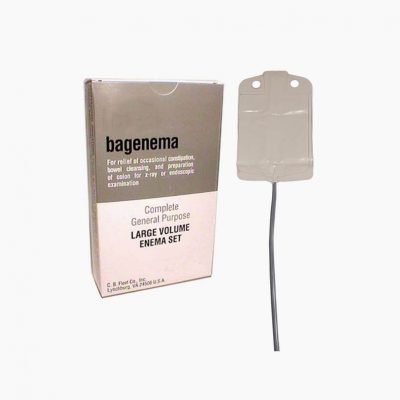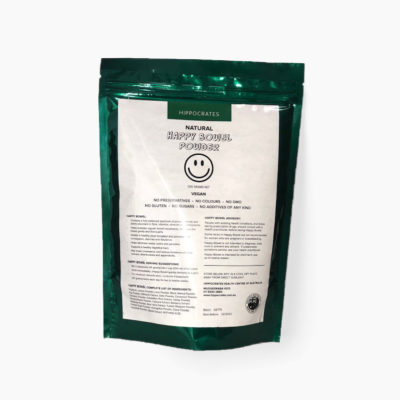
Iodine Value of Cooking Oils
A reader asked,
I often see the iodine value mentioned when describing the properties of oil, including coconut oil. What does this mean?
Most people don’t understand this term and mistakenly believe it represents the iodine content of the oil. It has nothing to do with iodine content. Processed oils don’t have any iodine. The iodine value is a measure of the degree of the unsaturation of an oil. Technically it is the value of the amount of iodine, measured in grams, absorbed by 100 ml of a given oil. Although the iodine value may sound uninteresting, it has some very important health implications.
All fats and oils are composed of fat molecules known as fatty acids. The molecules can be classified into three categories depending on their degree of saturation. There are saturated fatty acids, monounsaturated fatty acids, and polyunsaturated fatty acids.
No oil in nature is composed entirely of any one of these three. All dietary oils contain a mixture. Soybean oil, for example, is referred to as a polyunsaturated oil because that is the predominant fatty acid. It also contains 24 percent monounsaturated fatty acids and 15 percent saturated fatty acids. Coconut oil is also a mixture. It contains 92 percent saturated fatty acids, 6 percent monounsaturated fatty acids, and 2 percent polyunsaturated fatty acids.
The terms saturated, monounsaturated, and polyunsaturated refer the degree of hydrogen saturation. A saturated fatty acid contains all the hydrogen atoms it possibly can. In other words, it is fully saturated with hydrogen. A monounsaturated fatty acid contains all but one pair of hydrogen atoms it can hold. A polyunsaturated fatty acids is lacking two or more pairs of hydrogen atoms.
The iodine value is a measure of the amount of unsaturated fatty acids in the oil. A fatty acid that is missing any hydrogen atoms is classified as being unsaturated. This includes all monounsaturated and polyunsaturated fatty acids.
Although the iodine value is used primarily in industry, it is of value to us because it gives an indication of the oil’s stability and health properties. Coconut oil has an iodine value of 10. This indicates that it contains a high amount of saturated fatty acids and a very small amount of unsaturated fatty acids. The higher the iodine value, the greater amount of unsaturation. As noted above, coconut oil is 92 percent saturated and 8 percent unsaturated. Soybean oil, in contrast, has an iodine value of 130. It contains only 15 percent saturated fatty acids with 85 percent unsaturated fatty acids, thus the reason for its high iodine value.
The higher the iodine value, the less stable the oil and the more vulnerable it is to oxidation and free radical production. High iodine value oils are prone to oxidation and polymerization. During heating, such as when used in cooking, oils with a high iodine value readily oxidize and polymerize. Polymerization is an irreversible process which causes the fatty acids to become hard, insoluble, plastic-like solids.
Because of their tendency to harden when oxidized, polyunsaturated vegetables have been used extensively as bases for paints and varnishes. You can see this effect in the kitchen. When you use polyunsaturated vegetable oils in cooking sometimes the oil spills onto the outside of the pan. If the outside of the pan is not thoroughly cleaned, over time you will notice a buildup of a very hard, amber colored, varnish-like substance on the bottom of your fry pans. This is polymerized vegetable oil. The oil you used in cooking has literally turned into varnish. It takes a scouring pad and a lot of elbow grease to scrub it off the pan. When high iodine value oils are heated, you are creating polymerized fatty acids in your food. The higher the temperature or the longer the exposure to heat, the greater the degree of polymerization.
These products of oxidation have been shown to be associated with numerous health problems, including cancer and atherosclerosis (hardening of the arteries).
Coconut oil has the lowest iodine value of any dietary oil. Therefore, it is very resistant to oxidation and polymerization. It makes a very safe cooking oil.
Iodine Values of Some Common Oils
- Coconut Oil: 10
- Beef Tallow: 40
- Olive Oil: 81
- Peanut Oil: 93
- Canola Oil: 98
- Sunflower Oil: 125
- Soybean Oil: 130
Personally, I wouldn’t cook with any oil that has an iodine value over 80.
Hippocrates Organic Food-Grade Coconut Oil is available.




